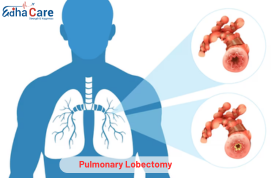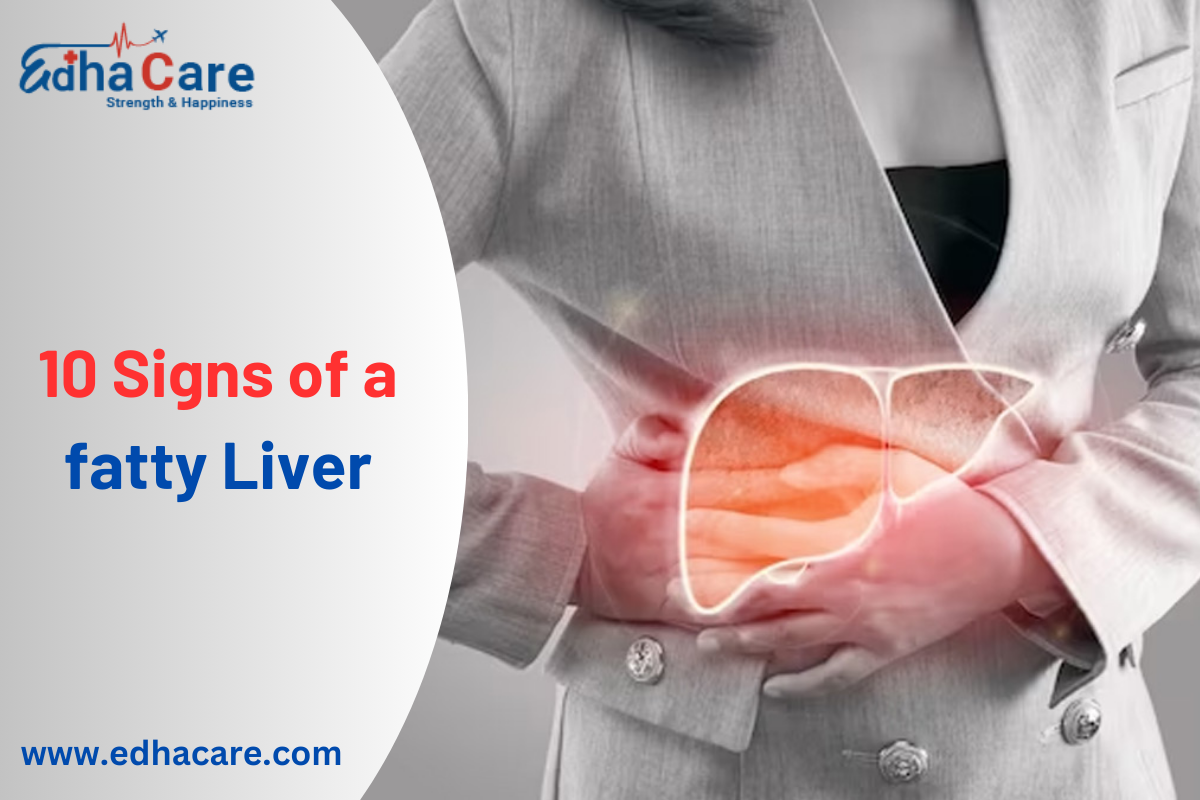Tuberculosis Treatment
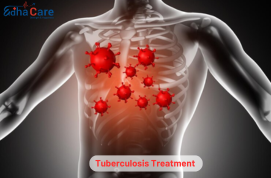
Tuberculosis treatment surgery includes surgical procedures for controlling problems or resistance to drug forms of tuberculosis (TB). Surgical procedures are commonly carried out to drain abscesses, replace infected lung tissue (lobectomy or pneumonectomy), or restore organs damaged by an infection with tuberculosis. When TB drugs are not enough to treat the disease, or when problems like TB that are resistant to drugs, severe damage to the lungs, or problems like a pleural effusion or bronchiectasis arise, surgery may be recommended. To successfully handle the disease and its related problems, surgical intervention is frequently included in comprehensive treatment strategies for tuberculosis (TB) and can be supplemented with treatment with antibiotics.
Book an AppointmentAbout Tuberculosis Treatment
Symptoms: The signs and symptoms of tuberculosis (TB) include a high body temperature, fatigue, sweating during the night, blood in the cough, and a chronic cough. If these signs are not treated, they usually get worse over time.
Causes: Mycobacterium tuberculosis (TB) is the causative agent of tuberculosis. When a person with the infection sneezes or coughs, the bacteria are inhaled by others and spread through the breath. The likelihood of transmission of tuberculosis increases by elements such as a compromised immune system, intimate contact with sick people, and living in a crowded or unhygienic environment.
Remedies: Tuberculosis therapy usually involves a course of antimicrobial agents taken for a period of time. The drugs that are frequently used are pyrazinamide, rifampin, ethambutol, and isoniazid. Following the entire course of antibiotics is essential to preventing the emergence of resistant strains of tuberculosis (TB) and guaranteeing effective treatment. Furthermore, supportive care techniques including a healthy diet, relaxation, and hygiene can help control tuberculosis symptoms and aid in recovery.
Procedure of Tuberculosis Treatment
Diagnosis: Mycobacterium TB bacteria is detected in samples of sputum, tests for blood, skin tests, and X-rays of the chest. These methods are used to diagnose tuberculosis.
Drug Susceptibility Testing: In the event that tuberculosis (TB) is proven, drug susceptibility testing is carried out to ascertain the drugs that will work best against the particular strain of TB bacteria.
Medication Initiation: An assortment of antibiotics, including isoniazid, rifampin, ethambutol, and pyrazinamide, are commonly used in combination for treatment. These drugs are often taken daily for a predetermined amount of time, usually between six and nine months.
Directly Observed Therapy (DOT): In certain situations, medical professionals may use DOT, which involves having a trained person or healthcare worker watch a patient take their medication in order to make sure they are following their treatment plan.
Frequent Monitoring: To evaluate therapy response and identify any possible side effects or consequences, patients receive regular monitoring during the course of treatment. This monitoring includes clinical evaluations, chest X-rays, and sputum testing.
Treatment Completion: Even if a patient begins to feel better before finishing the regimen, they must take the antibiotics for the entire prescribed duration. Treatment failure and the emergence of drug-resistant TB strains can result from early treatment termination.
Follow-up Care: Following the completion of the treatment regimen, patients may experience further assessments to confirm that the TB germs have been successfully eradicated and to keep an eye out for any possible infection recurrence.
Require Assistance?
Get A Quick Callback From Our Healthcare Experts
Other Specilities We Cover
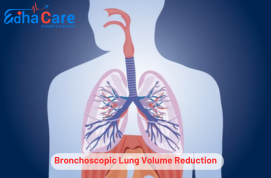
Bronchoscopic Lung Volume Reduction
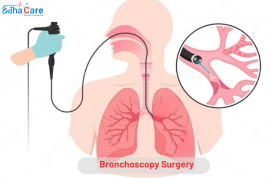
Bronchoscopy Surgery
